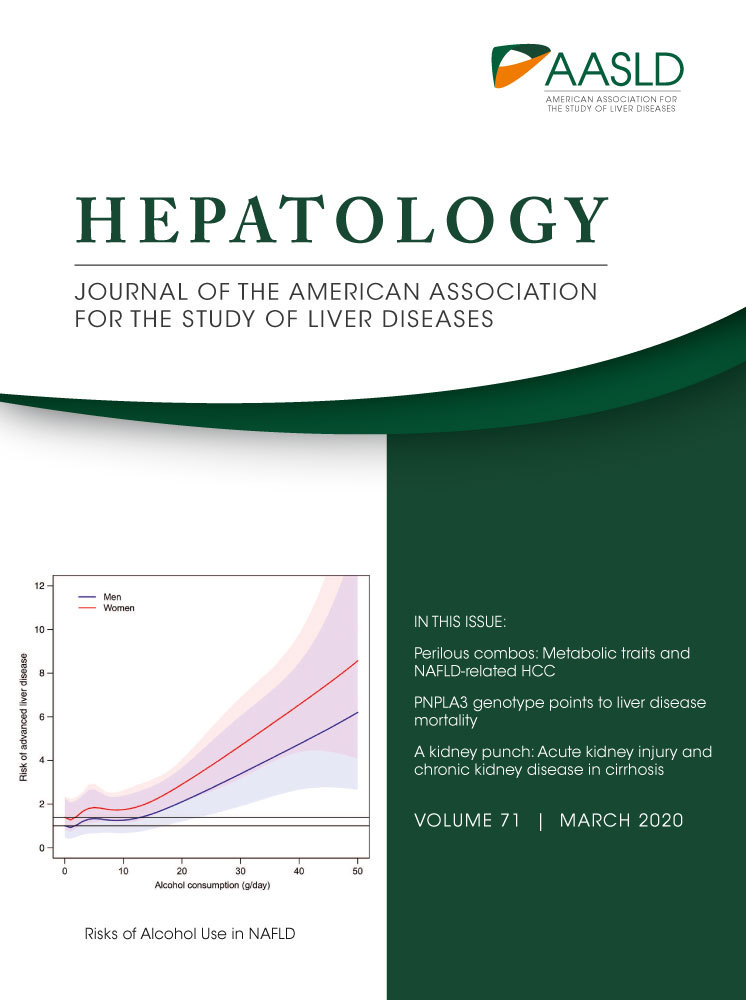Letter to the Editor: Bone Health and Denosumab Treatment in Autoimmune Liver Diseases: A Possible Involvement of Physical Activity
In their pilot study, Arase et al.1 assessed the efficacy and safety of treatment with denosumab for 3 years in postmenopausal osteoporotic women with autoimmune liver diseases such as primary biliary cholangitis and autoimmune hepatitis. Although there is debate, the authors’ suggestion that denosumab can be used as a first-line osteoporosis drug1 is supported by the Endocrine Society’s clinical practice guideline for the pharmacological management of osteoporosis in postmenopausal women.2 Here I would like to point out that physical activity might play a considerable role in both bone health and denosumab treatment in autoimmune liver diseases.
Chronic liver diseases are generally associated with physical inactivity,3 which could result in osteoporosis and sarcopenia as recently discussed.4 Thus, in addition to the possible mechanisms described by the authors,1 physical inactivity appears to be another significant mechanism by which autoimmune liver diseases cause skeletal fragility. Appropriate physical activity is therefore recommended and its individual-level monitoring using accelerometers would be useful in clinical practice.
Denosumab treatment can continuously increase areal bone mineral density for a long time. This is regarded as a key distinguishing feature among currently approved osteoporosis agents, and its unique mechanisms of action has been proposed. Of note, experimental and clinical evidence has suggested enhancing physical activity.5 Consequently, physical activity might be linked to the efficacy of long-term treatment with denosumab. The risk-benefit balance of denosumab treatment for up to 10 years would be acceptable for most postmenopausal osteoprotic women,5 and I fully agree with the authors1 that further clinical research is warranted.




